Thurs, Nov 13, 7:00pm at Barlow Community Center. Dr. Megan Shaeffer discusses the history and archaeology of Wood Hollow Metro Park
Oviatt-Curtiss House
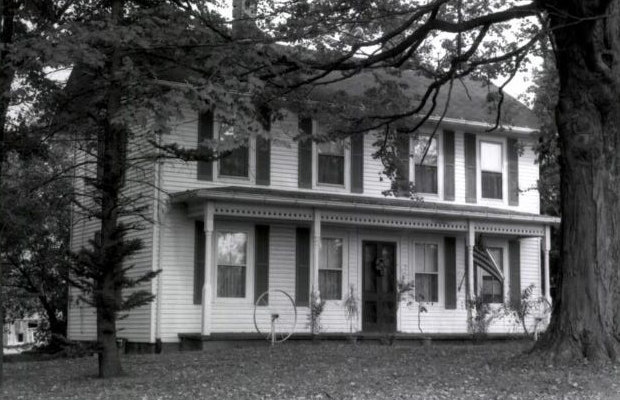
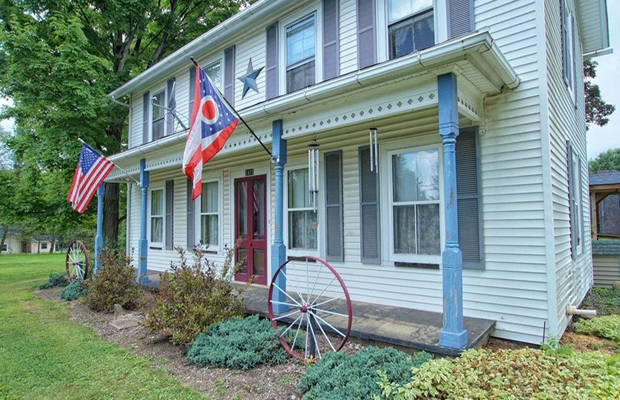
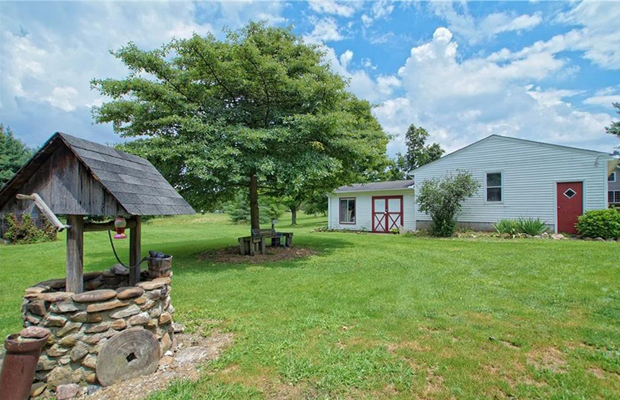

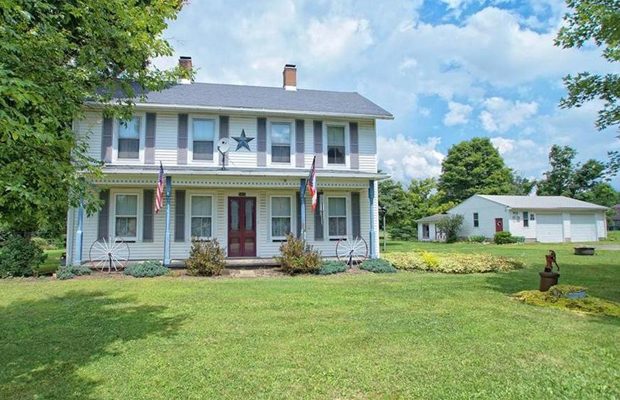
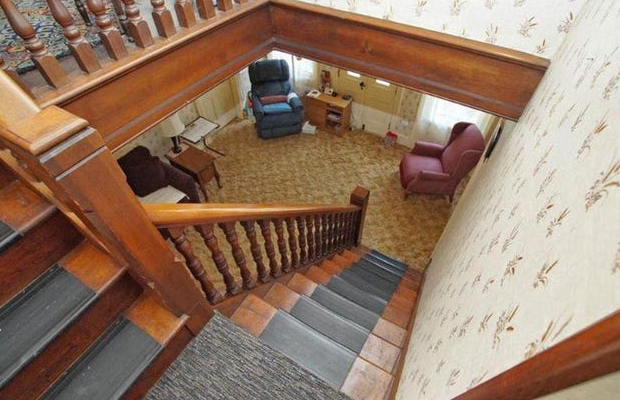
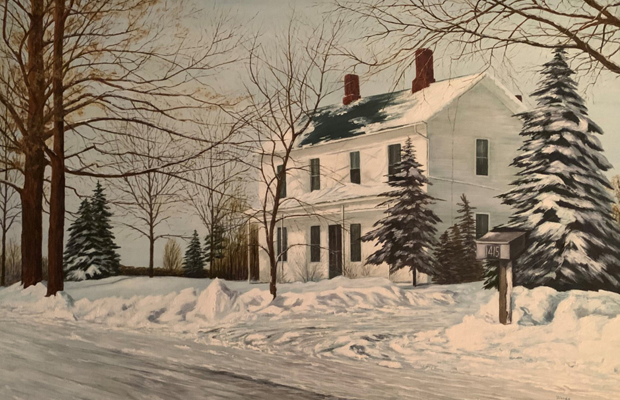
The oldest part of the house was built in 1846, and an 1883 addition was bolted to the front, including a front porch with Victorian detailing. The foundation was hand cut sandstone and boulders. The older section of the house was post and beam construction and the newer part was balloon construction.
There were three chimneys, and the front portion of the house included a main room with a spectacular walnut staircase. Outbuildings included a corn crib and a granary built in the late 1800s on sandstone blocks to deter rodents.
Ownership of the property has been unique, being held by only three families for nearly 220 years, until 2020. John Oviatt purchased the property in 1801. John and his wives raised 13 children on this 320-acre farm. Parcels of the farm were sold to John’s children, including daughter Eunice Oviatt Curtiss. Eunice and her husband, William, raised their children on the farm.
The homestead was sold to William’s brother, Augustus Curtiss in 1880. In 1908, the farm, then 70 acres, was sold to John and Mary Harper, ending the 107 years of Oviatt/Curtiss ownership. In 1920, the farm was sold to Clayton and Ida Ellett, whose family had been Bedford, Ohio, homesteaders for over a century. Clayton died in 1972, but son, Dwight, continued farming until 1982. Surrounding farms were no longer functioning, and without these farmers sharing the expensive equipment, cutting, thrashing and bailing chores to bring in the harvest, became too difficult. After most of the acreage was sold to developers, Dwight and his wife, Loraine,lived on the remaining 5-acre property until 2020.
In June 2020, above the objections and efforts of Hudson Heritage Association and other concerned citizens, the new owners of the property demolished the historic home – a sobering reminder that developers’ priorities often lie with profits, not preservation.